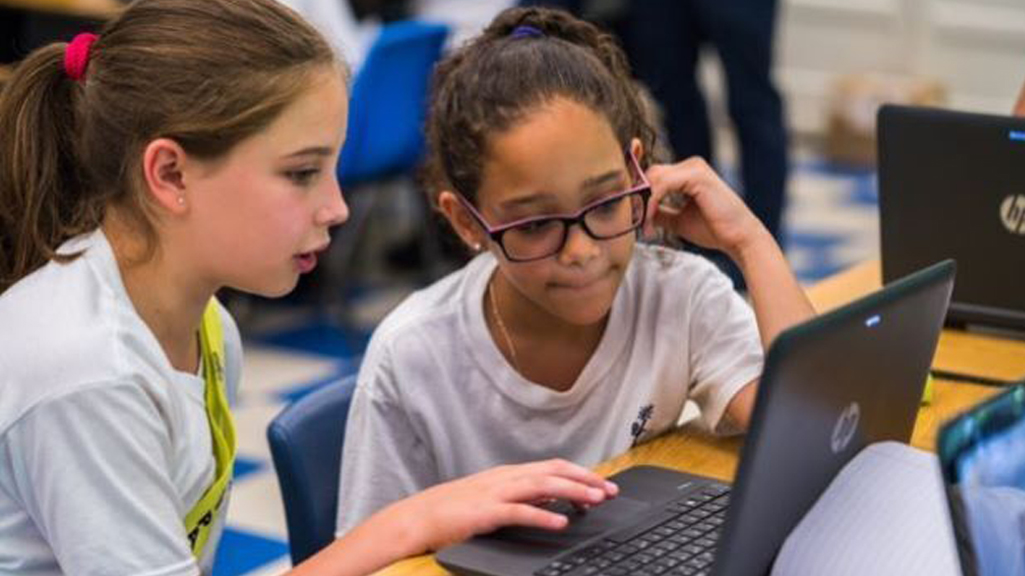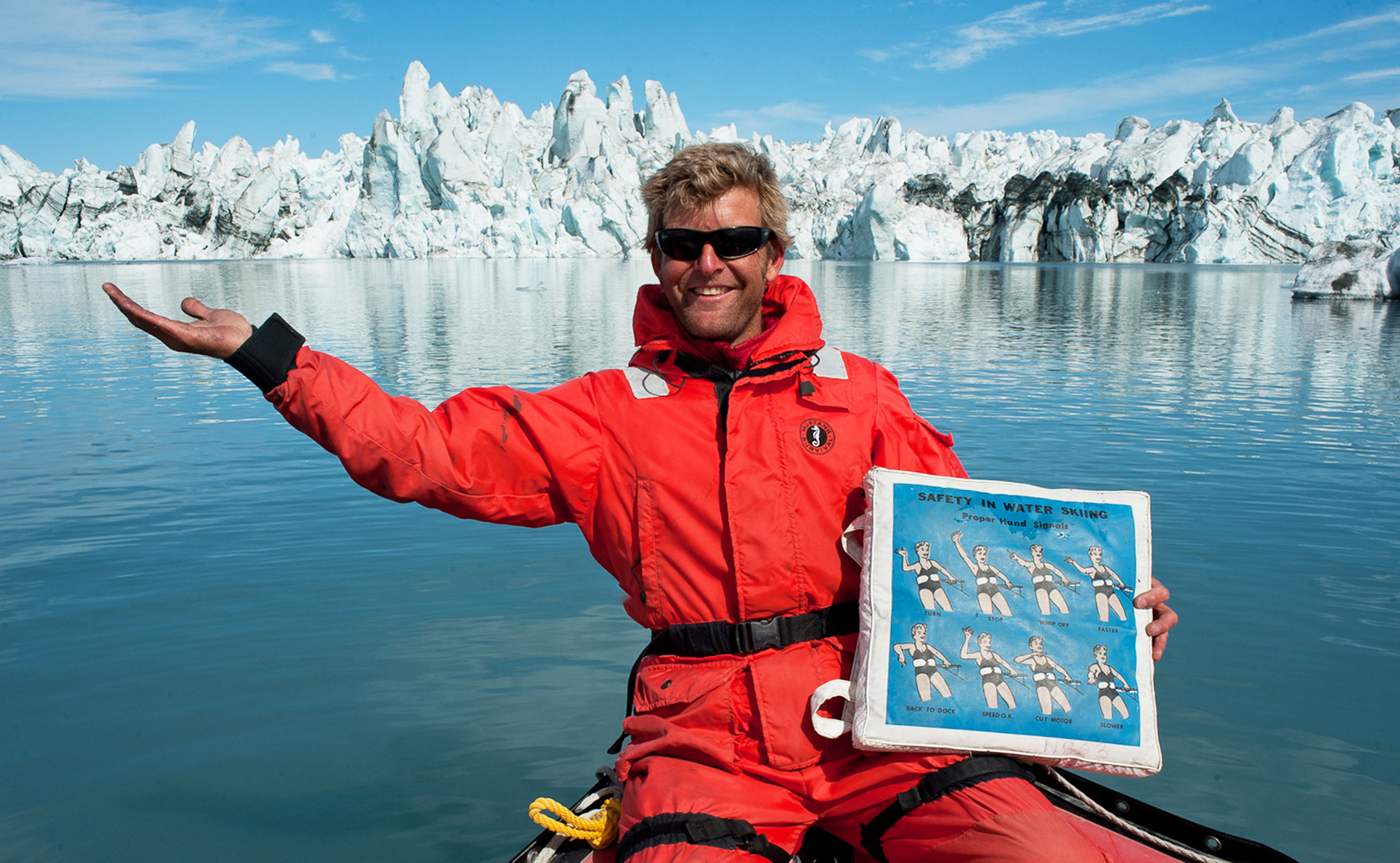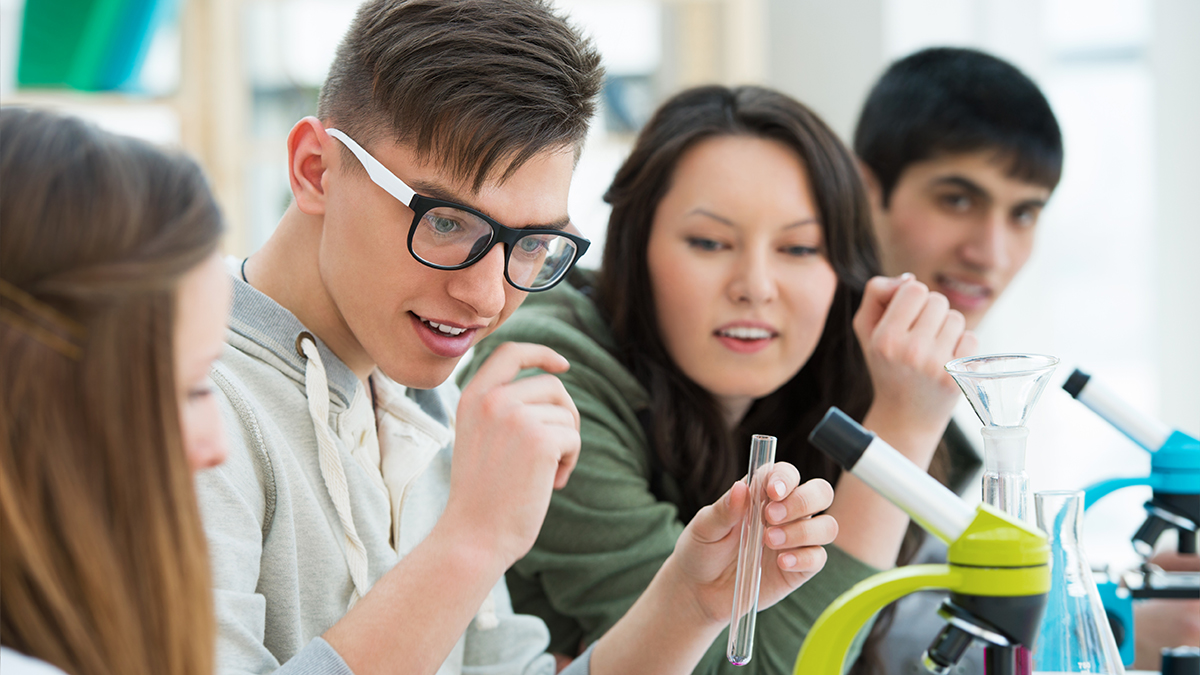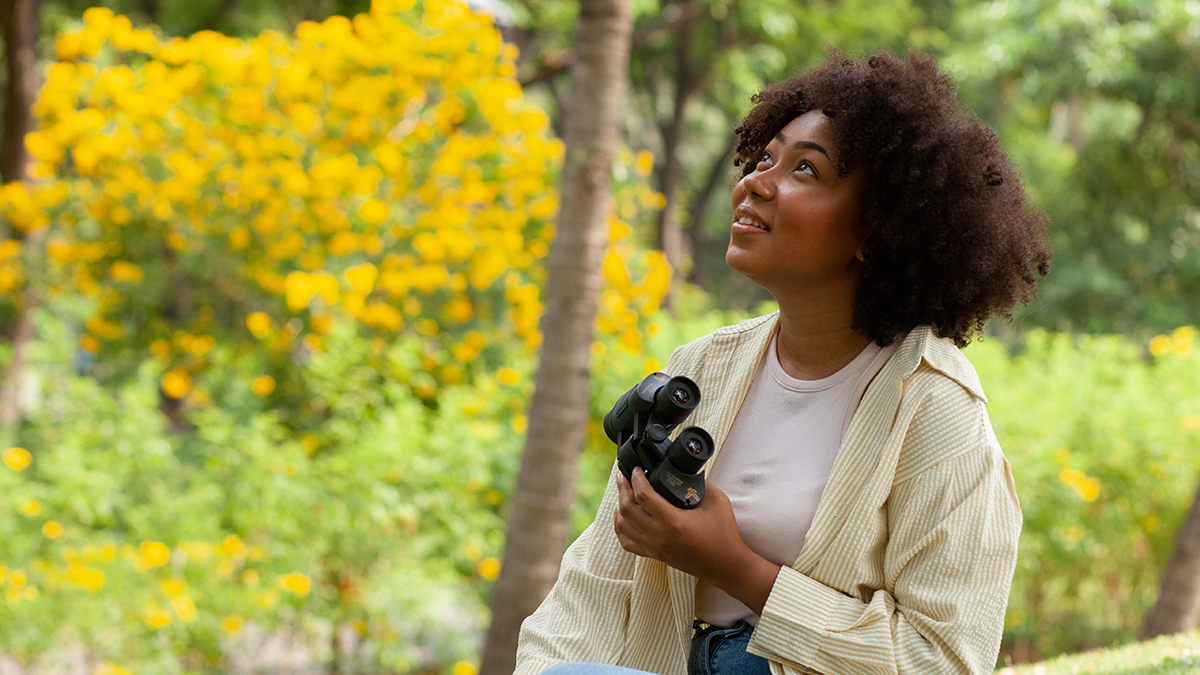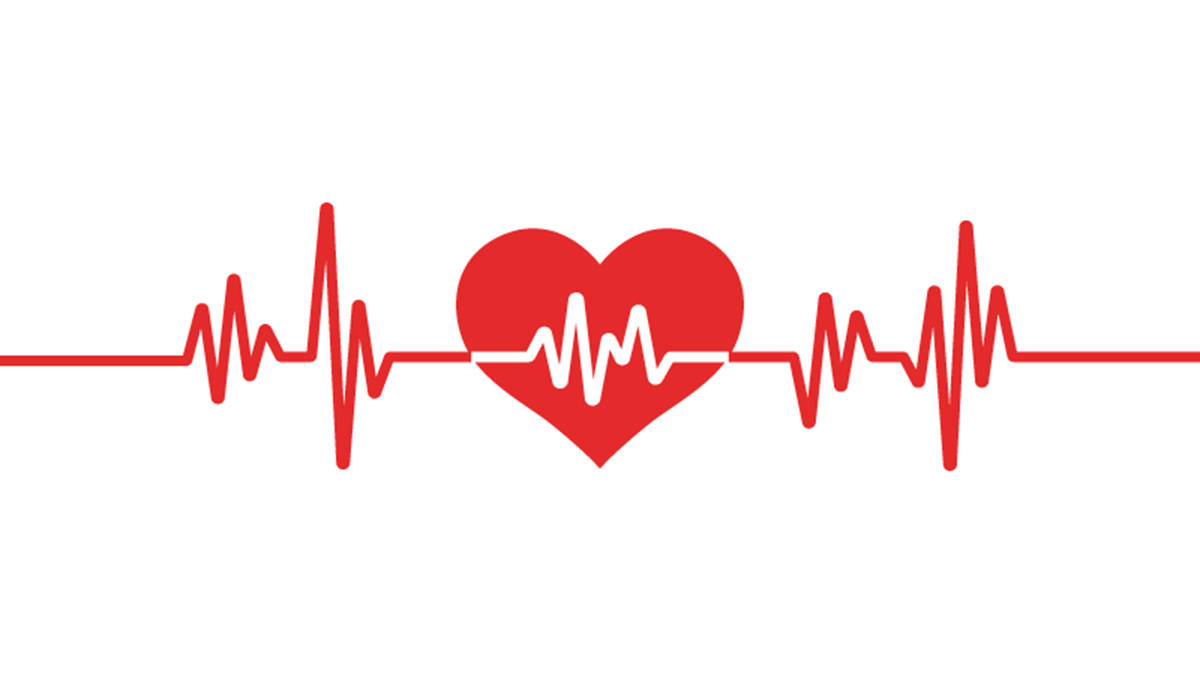Archive: Science Update: From Talking Trash to Taking Action: The Science of Marine Debris, April 20, 2023
Our oceans are filled with items that do not belong there. Huge amounts of plastics, metals, rubber, textiles, lost fishing gear, abandoned vessels, and many more items enter the marine environment every day. This makes marine debris one of the most widespread pollution problems facing the world's ocean and waterways.
Our oceans are filled with items that do not belong there. Huge amounts of plastics, metals, rubber, textiles, lost fishing gear, abandoned vessels, and many more items enter the marine environment every day. This makes marine debris one of the most widespread pollution problems facing the world's ocean and waterways.
Our oceans are filled with items that do not belong there. Huge amounts of plastics, metals, rubber, textiles, lost fishing gear, abandoned vessels, and many more items enter the marine environment every day. This makes marine debris one of the most widespread pollution problems facing the world's ocean and waterways.
Our oceans are filled with items that do not belong there. Huge amounts of plastics, metals, rubber, textiles, lost fishing gear, abandoned vessels, and many more items enter the marine environment every day. This makes marine debris one of the most widespread pollution problems facing the world's ocean and waterways.




